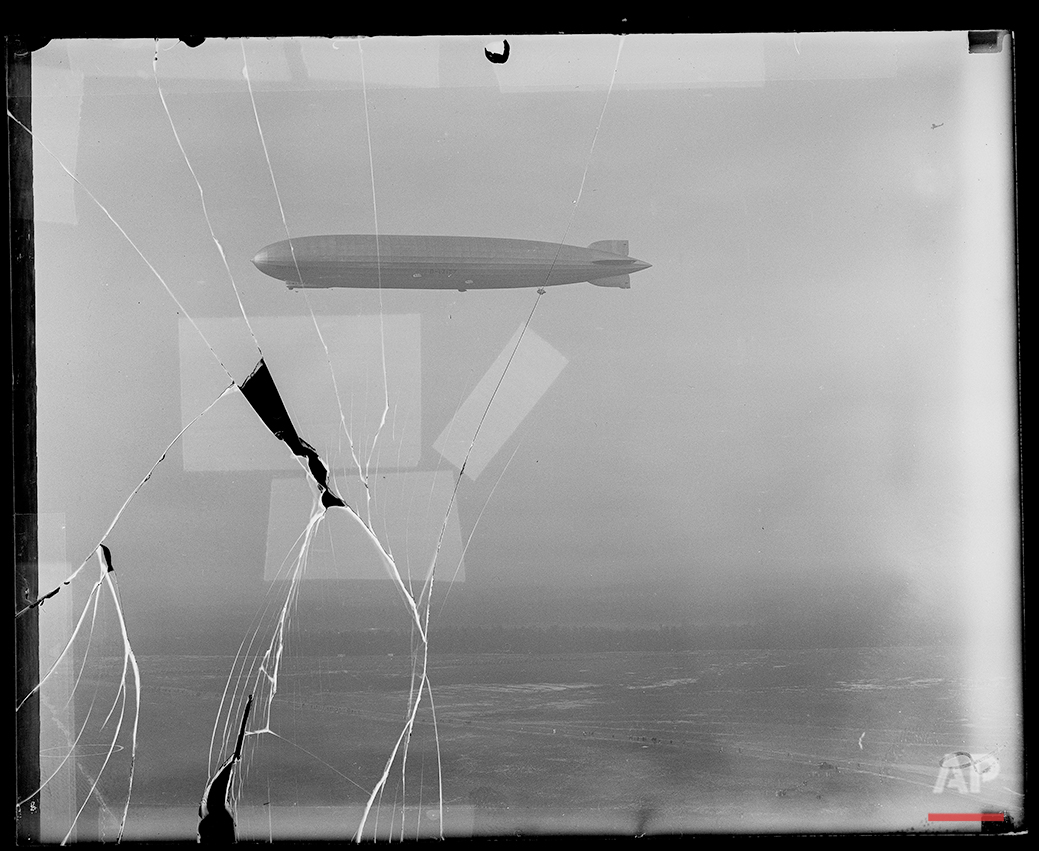Glass plate negatives

There was no such thing as “point and shoot” during photography’s first century and a half. Until the mid-20th century, photographers had to exert great physical effort and time to obtain a single image.
Prior to plastic-based negatives, photographic emulsions were made on glass supports, known as glass plate negatives.
Two types of glass plate negatives exist: the collodion wet plate, in use from the 1850s, and the silver gelatin dry plate, in use from the 1870s. Both processes are still in use by fine art photographers.
Starting in the 1850s, collodion, a flammable liquid, was spread on a glass support, or plate, then placed into a bath of silver nitrate which turned the collodion into a photosensitive silver iodide. This process, including exposure and processing, had to happen immediately before the plate dried.
While the wet collodion process had a five-minute exposure time before the plate dried, the dry plate negative allowed photographers to prepare their negatives in advance and develop images long after exposure.
Existing dry plate glass negatives are extremely fragile, requiring special storage conditions and handling by trained staff.
AP Photo Library
The Associated Press photo library, located in New York City, currently houses around 4,000 dry plate glass negatives in its collection, most date between 1929-1934. The sizes of the plates range from 2×3, 4×5, and 5×7. The AP photo library as a whole consists of over 5 million images, including prints, medium format, and 35mm.
Below is a gallery of scanned glass plate negatives from the Associated Press' photo archive.
See these photos on APImages.com
Follow AP photographers on Twitter: http://twitter.com/AP/lists/ap-photographers
Written content on this site is not created by the editorial department of AP, unless otherwise noted.
Visual artist and Journalist






















